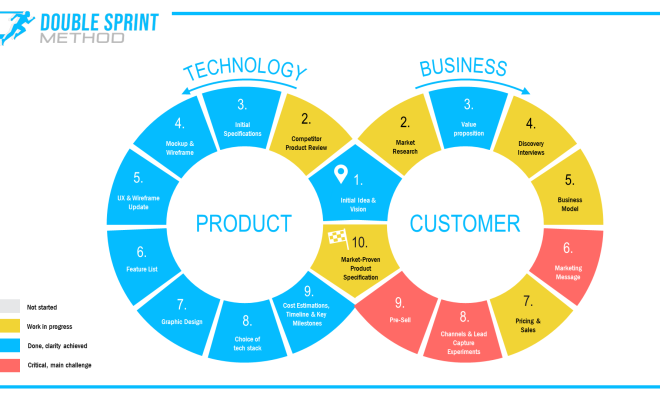How to Choreograph a Dance: 11 Steps

Introduction:
Choreographing a dance routine can be an exciting and creatively fulfilling process. Whether you’re a seasoned dancer or a newcomer to the art, these 11 steps will help guide you through the process of choreographing your very own dance routine.
Step 1: Choose your music
Select the music that resonates with you and sets the tone for the story or emotion you want to convey through your dance routine. Consider tempo, rhythm, and musicality as key factors in making your decision.
Step 2: Determine your dance style
Pick a dance style that complements your chosen music and aligns with your personal strengths, preferences, or the theme of an event where the routine will be performed (e.g., jazz, contemporary, hip-hop).
Step 3: Research and gather inspiration
Watch videos, attend live events, and explore other choreographies to gain ideas and inspiration. Combine elements from various sources to create something unique for your dance.
Step 4: Define the storyline or concept
Create a clear narrative or concept for your piece – it will help guide decisions regarding movement choices and transitions throughout the choreography process.
Step 5: Break down the music
Listen to your chosen song multiple times, noting changes in rhythm, tempo, accents, and dynamics. Divide the music into sections (verse, chorus, bridge) to organize your choreography accordingly.
Step 6: Begin with basic movements
Start by incorporating simple steps and movements into each section of music. This process helps establish a solid foundation upon which you’ll later add complexity and refine details.
Step 7: Add complexity and variations
Once you have a basic structure in place, experiment with diverse movement patterns, levels (high, medium, low), directions (forward, backward, diagonal), and use of space (traveling vs. stationary).
Step 8: Focus on transitions
Seamlessly connect different sections and movements with smooth, logical transitions. This step helps to create a fluid, polished overall presentation.
Step 9: Incorporate staging and formations
Consider creative stage placements and arrangements of dancers (if working with a group) for visual interest and to emphasize specific moments or story elements.
Step 10: Add final touches and details
Review the entire piece, adjusting any awkward counts or movements. Give attention to facial expressions, hand gestures, and overall performance quality.
Step 11: Rehearse and refine
Perform your dance routine in its entirety, making any necessary adjustments along the way. Repeated practice will increase your confidence in the choreography and help you better connect with your audience.
Conclusion:
Choreographing a dance routine is a creative journey that allows room for personal expression and growth. Trust your instincts, be open to experimentation, and enjoy the process! By following these 11 steps, you’ll be well on your way to creating a captivating and memorable dance routine.

